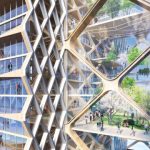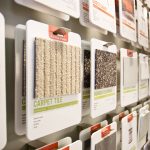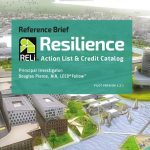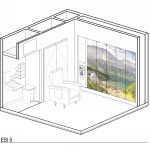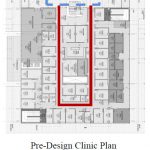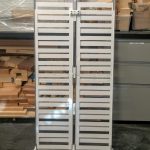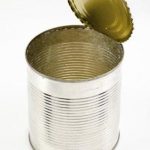
P+W researchers collaborated with Autodesk BUILDSpace to fabricate an all-wood space frame using 2x lumber and wooden dowels. Using Dynamo to create the geometry and Fusion 360 to create the executable files, the 2x members were cut using a 5-axis CNC machine. Two assembled truss prototypes were created – one is housed at P+W Vancouver... Read more »


